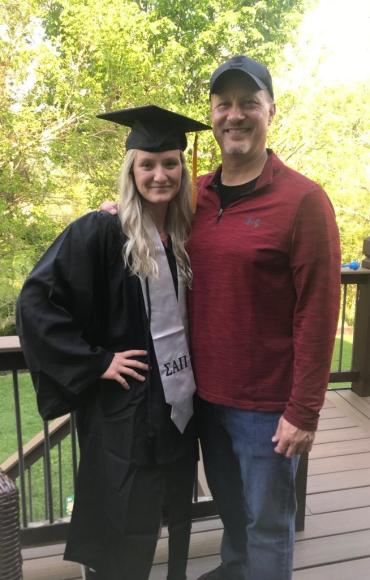As Congress debates cutting prescription drug costs, a poll released Tuesday found the vast majority of adults — regardless of their political party or age — support letting the federal government negotiate drug prices for Medicare beneficiaries and those in private health insurance plans.
The argument that pharmaceutical companies need to charge high prices to invest in research and develop new drugs does little to change that sentiment, according to the new KFF poll. Most respondents agreed the negotiation strategy is needed because Americans pay more than people in other countries and because companies’ profits are too high.
Various polls, in addition to KFF’s, have found the plan to allow Medicare to negotiate prescription drug prices to be very popular. (KHN is an editorially independent program of KFF.) The policy has polled favorably for at least the past six years, according to Ashley Kirzinger, associate director of public opinion and survey research at KFF.
Still, congressional lawmakers have yet to reach a consensus on whether to include such a provision in the major reconciliation bill aimed at funding President Joe Biden’s domestic policy agenda and enhancing social programs. Republican lawmakers generally oppose efforts to impose price restraints on prescription drugs. Democrats in the House are pushing a bill that would allow changes in Medicare drug policies, including negotiations of prices for some medications. The bill passed the House last year but has run into opposition this fall. A few moderate Democrats have introduced a narrower approach.
The KFF poll found 83% of the public — including 91% of Democrats, 85% of Independents, 76% of Republicans and 84% of seniors — initially favored the federal government negotiating lower drug prices for both Medicare and private insurance. These opinions were relatively unchanged by the arguments in favor or against the policy, the poll found. Even Republican support remained relatively steady, at 71%, after hearing concerns about how negotiations could upend the pharmaceutical industry. However, the share of Republicans who “strongly” favored the plan dipped from 44% to 28%.
For example, large majorities regardless of party identification and age found the following argument convincing: “Those in favor say negotiation is needed because Americans pay higher prices than people in other countries, many can’t afford their prescriptions, and drug company profits are too high.”
A third, including a slight majority of Republicans 65 or older, found the following argument convincing: “Those opposed say it would have the government too involved and will lead to fewer new drugs being available in the future.”
In addition, 93% — including 90% of Republicans — said that even if prescription prices were lower “drug companies would still make enough money to invest in the research needed to develop new drugs,” while just 6% said “drug companies need to charge high prices in order to fund the innovative research necessary for developing new drugs.”
These findings represent a change from a June KFF poll, which found attitudes changed after hearing assertions that allowing the federal government to negotiate Medicare prescription drug prices could lead to less research and development or limited access to newer prescriptions.
“This [latest] poll did a better job of representing what’s happening in the debate,” said Kirzinger. “The public is hearing both sides of the argument.”
Pharmaceutical companies have spent a lot of money on messaging. PhRMA, the industry’s trade group, launched a seven-figure ad campaign against legislation to lower drug prices through negotiation. Pharmaceutical companies have spent the most of any single industry on federal lobbying this year and donated sizable sums to House Democrats opposed to the plan, according to Open Secrets.
But the Medicare drug-pricing negotiation plan outlined in H.R. 3 (or the “Elijah E. Cummings Lower Drug Costs Now Act”) is estimated to save roughly $500 billion in federal spending for Medicare drugs over 10 years, according to a Congressional Budget Office estimate. Many Democrats hope to use the savings to expand coverage in Medicare and Medicaid as they piece together their larger spending plan.
The KFF poll also found most people have little or no confidence that Biden or Congress will “recommend the right thing” for the country on prescription drug prices. The vast majority expressed the same about drug companies. A slight majority reported confidence in what AARP recommends — and the advocacy group backs the negotiated Medicare prices.
The KFF Health Tracking Poll was conducted from Sept. 23 to Oct. 4 among a nationally representative sample of 1,146 adults, including an oversample of adults 65 and older. The margin of sampling error is plus or minus 4 percentage points for the full sample.
amandag@kff.org,
@amanduhgomez
Related Topics
Contact Us
Submit a Story Tip









